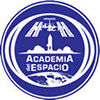 |
Introduction
Film
|
 |
 |
Introduction
Film
|
 |

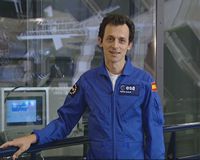
Script
Hello! And welcome to the Valencia Space Academy. I'm Pedro Duque and it's been my privilege to be Spain's first professional astronaut.
I work for the European Space Agency. European astronauts fly either with the American or the Russian spaceships. In 1998 I was a flight engineer on Space Shuttle Discovery.
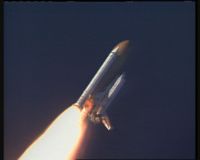
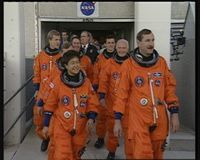
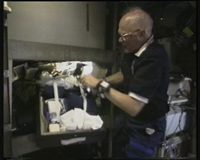
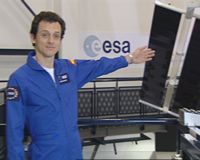
The International Space Station (or ISS) is the largest and most complex international scientific project in history. More than 50 space flights and at least four space vehicles;
the Space Shuttle, the Russian Soyuz, the Russian Proton and the European Ariane will deliver the various space station components to Earth orbit.
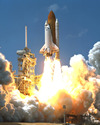
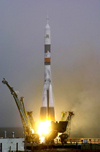
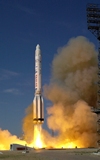
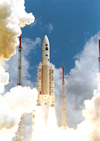
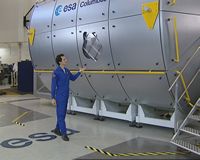
When it's complete the internal volume will be roughly equal to a 747 jumbo jet, with three main laboratories onboard.
…."Destiny" from America……. "Columbus" from Europe….and "Kibo" (Hope) from Japan.
Huge solar arrays will provide the power…. ….. and the sixteen participating nations will share the facilities and the costs of running them. When the ISS is completed an international crew of up to seven will live and work in space for up to six months each. Crew Return Vehicles will always be attached to the ISS to ensure the safe return of all crewmembers in the event of an emergency.
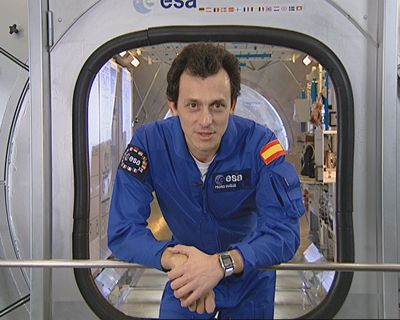
Just as the ancient explorers found new lands we will need to find a new planet. Our future aim in the space programme is to be able to go anywhere at any time and whilst we're learning how to do that we're finding fabulous new ways of improving life on Earth.
New ways of fighting disease with drugs grown in micro-gravity, stronger and lighter materials to build safer buildings or vehicles, new ways of producing transport systems that don't use up fossil fuels. Artificial body parts like optical sensors for blind people, new bones and hearts. New ways of feeding the population explosion.
English
Valencian
Spanish